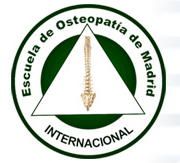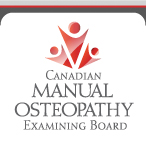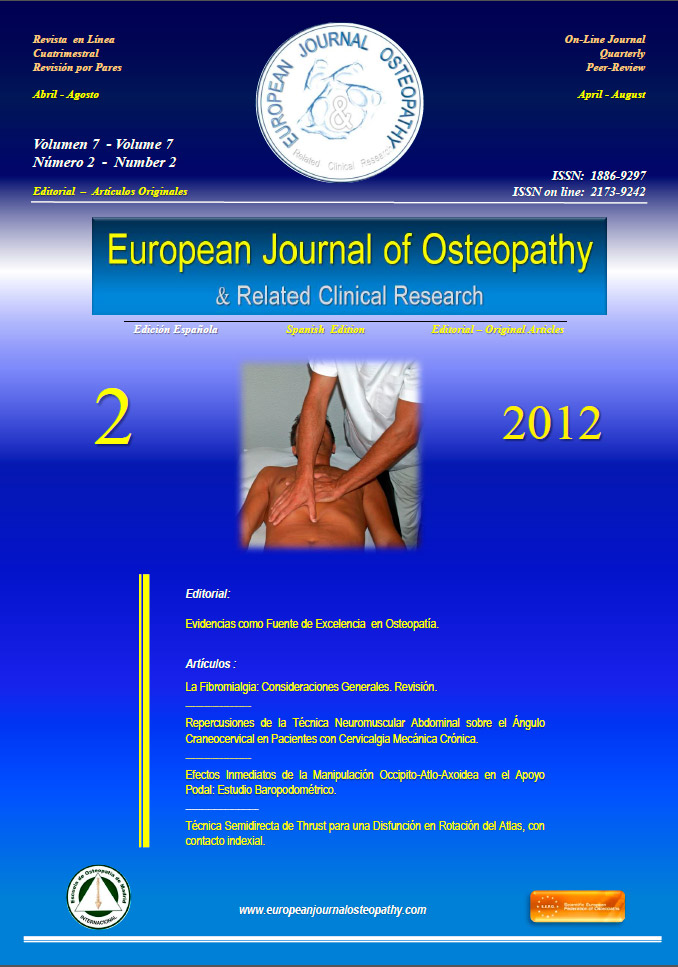By Gabrielle Pullen, GCFP
Practitioner Spotlight with Dennis Leri: Thriving in Any Circumstance
“What would Moshe do?” In this month’s spotlight of those who trained directly with Moshe Feldenkrais, I spoke with Practitioner and Trainer Dennis Leri. He is the Educational Director for Feldenkrais® Training Programs in Denver and Berkely. He apprenticed with Moshe at the Feldenkrais Institute in Tel-Aviv, Israel and has been teaching the Method for nearly 30 years.

SA: What is this Method really about for you?
DL: The process of Functional Integration® and Awareness Through Movement® brings us into our human-ness by helping us understand how we function and learn. Feldenkrais would often say that the benefits most people experience are really trivial relative to what a person could experience.
For most of us, all the usual benefits; things like more ease in movement, less pain, gracefulness, a feeling of grounded-ness– are actually not trivial at all. Yet, we have to look at what he meant by that. If greater ease is merely a collateral benefit of the Feldenkrais process, then what?
SA: What other kinds of benefits was he referring to?
DL: When Feldenkrais was in Israel and just thinking about doing the Amherst Training - beforehand - he told Mark Reese and I that he was looking for people who were failures in life. And when we said, what do you mean? He said he wanted people who had been successful at one thing or another, but have failed to really find themselves. He said he wanted people who have had the success to find a profession, but for whom that just wasn’t enough.
I feel that for those people, there is something more in the Method that they connect with than the immediate benefits. Almost everybody who comes to a class connects with greater ease and comfort in the body, but for some, there is a sense that they might find more if they continue, and often those people become practitioners…
SA: So, you’re framing Awareness Through Movement as a self-directed search for self-knowledge?
DL: Yes.
SA: Our current social environment seems to actively discourage people from self-enquiry. Is that a problem for people trying to connect with the work?
DL: I think basically all social environments have always worked against individuals in a certain sense. There are many ways people have coped with that throughout the ages. For example, a person could adopt a sort of hermit’s perspective, putting yourself outside of society or in your own little world and decide for yourself what the meaning of everything is. Or, you could make your decisions about things according to the state, or to a religion, or, subject to fashion and fads, such as Twitter, and that’s who you are. And then, there’s a tradition of real enquiry. This is something you do with other people because you want people to bounce off of, it deepens your enquiry. It gives you a system of checks and balances on your own illusions and delusions.
SA: Let’s relate this to something that is a universal experience. In the current state of the economy, for example, many people are out of a job. I know several that have been unemployed for longer than a year, fixated upon a certain kind of job opening. For people in between jobs like that, it seems this could be really helpful. They are basically at an impasse anyway, and the question is, ‘Now what? Why am I here?’
DL: Awareness Through Movement and Functional Integration lessons are both like a laboratory situation where you are looking at the components of an action. When I say ‘action,’ I don’t mean movement. I mean when somebody acts using their intellect, their emotions, and their sensations, as well as movement. When we examine that, we experience when and where we are deficient, and how we have resources we didn’t know we had. This is all within each and every lesson. The lesson sets it up so that you could have an insight into how to act, or how not to act. Then, with that insight into your own thinking and emotions, you can act out of a more productive space. If you are just acting or reacting to an experience, you are going to get more of the same.
SA: Could you give an example out of your own experience?
DL: Well, in my study of martial arts, I would see people stretching or doing their ritual before they warm up. I noticed that people who had been stretching for years didn’t get one iota more flexible. So, for myself, before and after class, I would do bits of Feldenkrais lessons that I knew worked for me. Then, when I went in, it would just give me more ease of doing and it made me more amenable to a learning situation. The other way, when you are stretching, you are working against yourself and that attitude carries over into the learning situation.
SA: Why could stretching be a problem?
DL: It’s a problem for several reasons. It’s a problem because it’s an idea that they’ve been told. They have an idea that it’s good to stretch so they do. But the physiology of it is that it’s like working against what your nervous system is trying to tell you. There’s something called the stretch reflex. Stretching activates this and actually excites the nervous system to shorten the muscle and act against what you want to be doing. You can actually lose rather than gain flexibility. That’s a physiological fact. But the psychological fact is that you feel that you’re not good enough to do what you are doing or that you can only get good enough with pain. ‘No pain, no gain.’ That’s unnecessary. We know that. That’s a fact.
SA: How do you think this idea of self-enquiry came up for Feldenkrais, in his life?
DL: When Mark Reese was doing the biography of Feldenkrais, people would always ask when the work came together into the Feldenkrais Method® as we know it. And so Mark realized that from the very earliest stories of his life, Feldenkrais recognized that there was a difference between what was possible and what he was being told. He always preferred to find out for himself what was actually true, based on his own insights.
SA: He was very interested in his own authentic answers, and not taking answers from outside authority figures.
DL: Yes, he would put himself in the hands of people, like his Judo teacher or his math teacher, where they had the capacity to train him. But he gravitated towards the best ones who would bring it out of him, not impose it on him. And then he did the same thing. In Palestine, he had a friend who had a son who was not interested in school. All he wanted to do was play soccer all the time and Feldenkrais was a very accomplished soccer player. So, when his friend said, ‘Can you teach my son mathematics?’ Feldenkrais said, ‘Sure.” And what he did was he took the kid out to play soccer. Then he had him notice the difference. ‘See what happens when I kick the ball like this, how it goes over there? But when I kick it like that it goes a different way? Why do you think that is?’ Then he began to talk about trajectories and force and the kid got very interested because he wanted to get better. Eventually the kid began to get interested in math and physics through playing soccer.
You want to work with where somebody is, discover where their interest is, and graft onto that. You don’t want to impose your ideas on them.
SA: In the last article you wrote for The Feldenkrais Journal, you wrote about the ‘breakdown of will.’ What do you see as the relationship between will and integration?
DL: The article is about the breakdown of will as conveyed by the ancient Greek word, ‘akrasia’ which means ‘bad mixture.’ It comes out of the notion that there has to be some sort of harmony within, between the various parts of ourselves. So, for example, when something breaks down, there has to be a reason for it. Throughout time, there have been many different lineages that have decided there are parts of people. There’s the intellectual part, or the movement part, or the emotional part. The idea is that a harmonious use of the self allows for the resiliency in all aspects of your life to absorb a shock or a breakdown and be able to carry on or even thrive when other people might be debilitated or just loose hope.
With akrasia, it just means that when you are confronted with a situation such as a desire to not drink, or eat chocolate, but you end up doing it anyway, there’s a sense that you had a breakdown of will. There’s a sense of the breakdown of your intention. Usually, people make statements like, ‘I knew better, but I did it anyway.’ In those situations, if you look really closely, you see there’s an internal negotiation with ourselves regarding short-term versus long-term gain. We end up discounting the long-term advantage and giving in. We find a rationale for our behavior, and those situations come up all the time.
In the process of self-enquiry, we often find ourselves in novel situations where it’s new and there is some uncertainty. What we’ll do is revert to past choices, or choices we don’t even consciously make. We may revert to choices we haven’t generated for ourselves, but that others have generated for us. You know how people say, ‘You shouldn’t do this or you shouldn’t do that.’ That’s when all the ought to’s and ought not’s come into play rather than having a sense of how to decide for ourselves.
In that negotiation, we come upon a will, or really, as my old Zen teacher used to say, a willingness to think about who I am in this situation, and who I’m going to be. If I think about it in terms of who I am in the grander scheme of things, it’s not about whether I’m a good or bad person. In each moment when you have a choice like that, you have a chance of gifting a future sense of yourself with some capacity, some skill that you wouldn’t have if you just decide to take the short-term gain.
It’s not that one piece of cake will add thirty pounds, or one drink will turn you into an alcoholic. It’s about the development of a sense of self that says, ‘Wait a minute, this moment can determine who I am, or who I will be.’ Who are you in this moment? In a moment of insight, there is a willingness to think and to act with conscious awareness of the ramifications of our choices.
SA: Do you mean, ‘This is what I want, not what my mother or my boss or my friend wants for me?’
DL: ‘This is what I want,’ based on a mechanism that Awareness Through Movement and Functional Integration teach, namely to discriminate for yourself, to not simply take actions based on ideas that are ready-made for you.
SA: In other words, ‘the map is not the territory,’ or ‘we are not our story.’
DL: Well, yes, we are not our story of who we are. Our story is a story. For some, the map is the territory if we live at that level of superficiality. We have to get deeper than that. The Feldenkrais Method is not just about turning heads. It allows us to go deeper into being present to more of the world. The head turns in all directions. What is it going to see? It’s not just about more movement. The head turns to see something specific, and what I see is different than what you see. In the process, you realize that this is what it opens up for me, this is what I see. In Awareness Through Movement lessons we get back to fundamental movement patterns. When we embed ourselves in those kinds of practices, we finish a kind of apprenticeship with gravity and our surroundings that we didn’t get. Those tenacious stories that are dug into our relationship to gravity and to the social realm become clearly just a story; one of many possible stories. It’s self-liberating.
SA: So, would you agree that the Method is like an apprenticeship in how to continuously find real meaning in one’s own life?
DL: Yes, absolutely. I think Moshe was basically a seeker his whole life. That’s why he said his work was trivial when taken at face value. In the transcripts from San Francisco, which I’m editing now, he said something I don’t think anyone really heard at the time. He said, ‘Look, when you do a movement on one side then do it in the imagination on the other side, and then you do it in real time, you are working with your fundamental temporal sequence of yourself.’ So when you do it so that it’s organized better on one side, and then you cut and paste it to the other side, you are working with a very fundamental level of yourself. All I can say is that if you can do this, a light will shine that is brighter than anything you could ever know. That is what all the teachers and all the gurus have always talked about.
SA: And it’s coming from within…
DL: It’s coming from within and you’re editing, frame for frame, you see you’re not your story. When you can hold the whole pattern on both sides of the brain, this is an amazing ability that few people ordinarily get. Some people do, artists maybe. It’s a rare occurrence. He stayed with it for a long time before it evolved into the Feldenkrais Method. If you stay with it a long time, you find you are no longer doing the Feldenkrais Method, but you are doing the Method of bringing more of yourself to the world. This impacts the whole world, not just you.
Denis Leri is beginning a new Feldenkrais Professional training program in August. He can be contacted at: dleri@earthlink.net.








 4:57
4:57
 Daniel Enriquez de Guevara
Daniel Enriquez de Guevara




























.jpg)






















0 comentarios :
Publicar un comentario